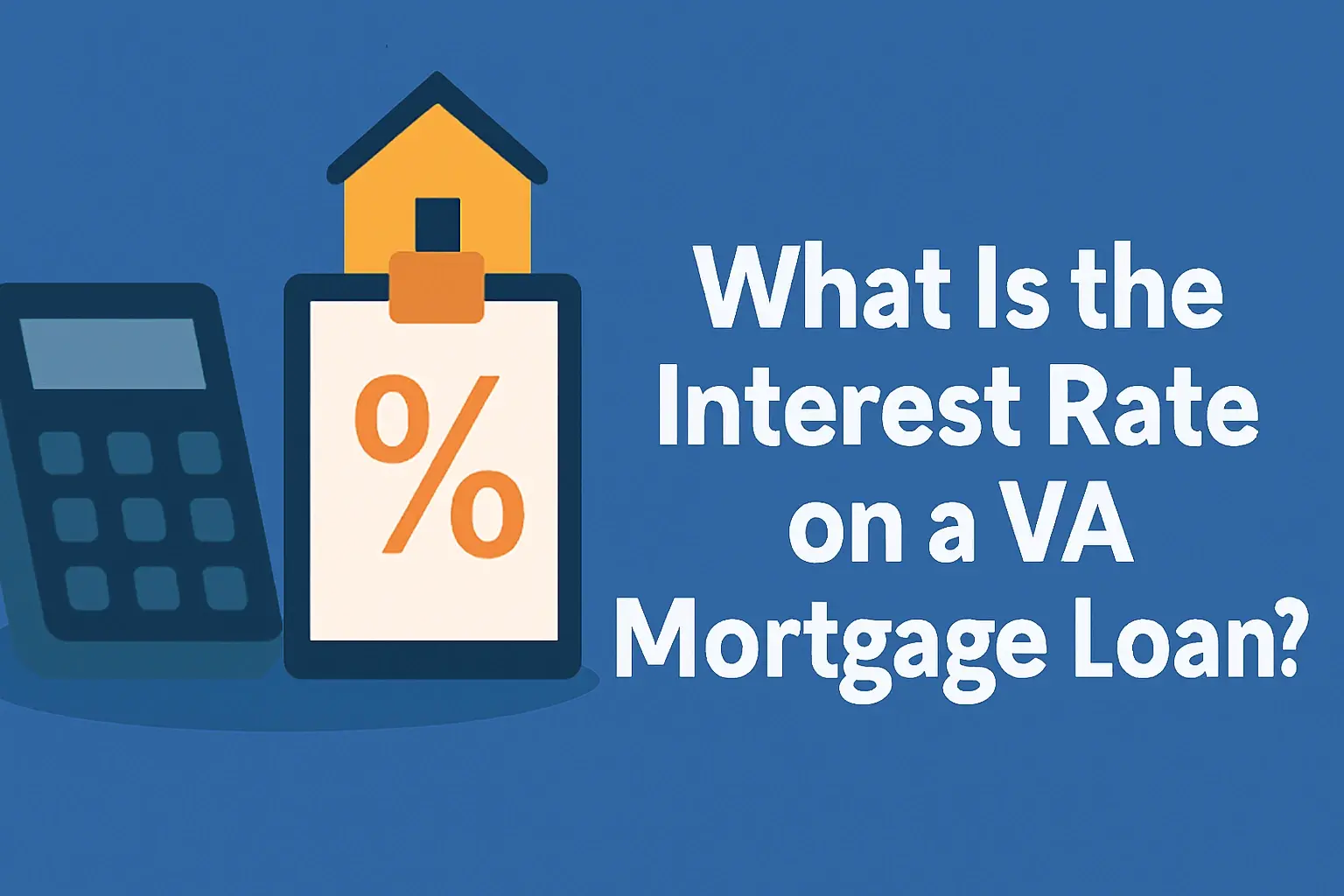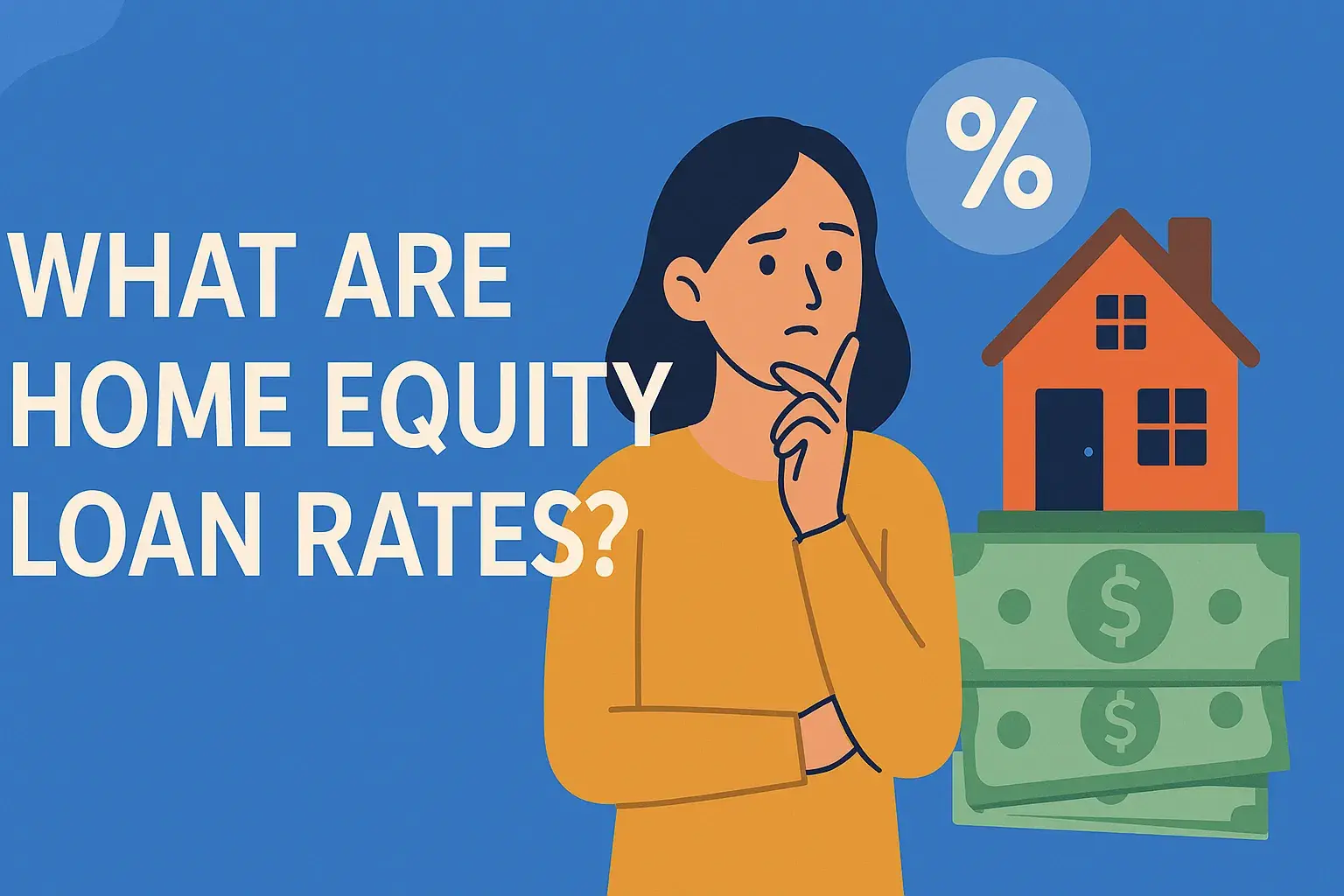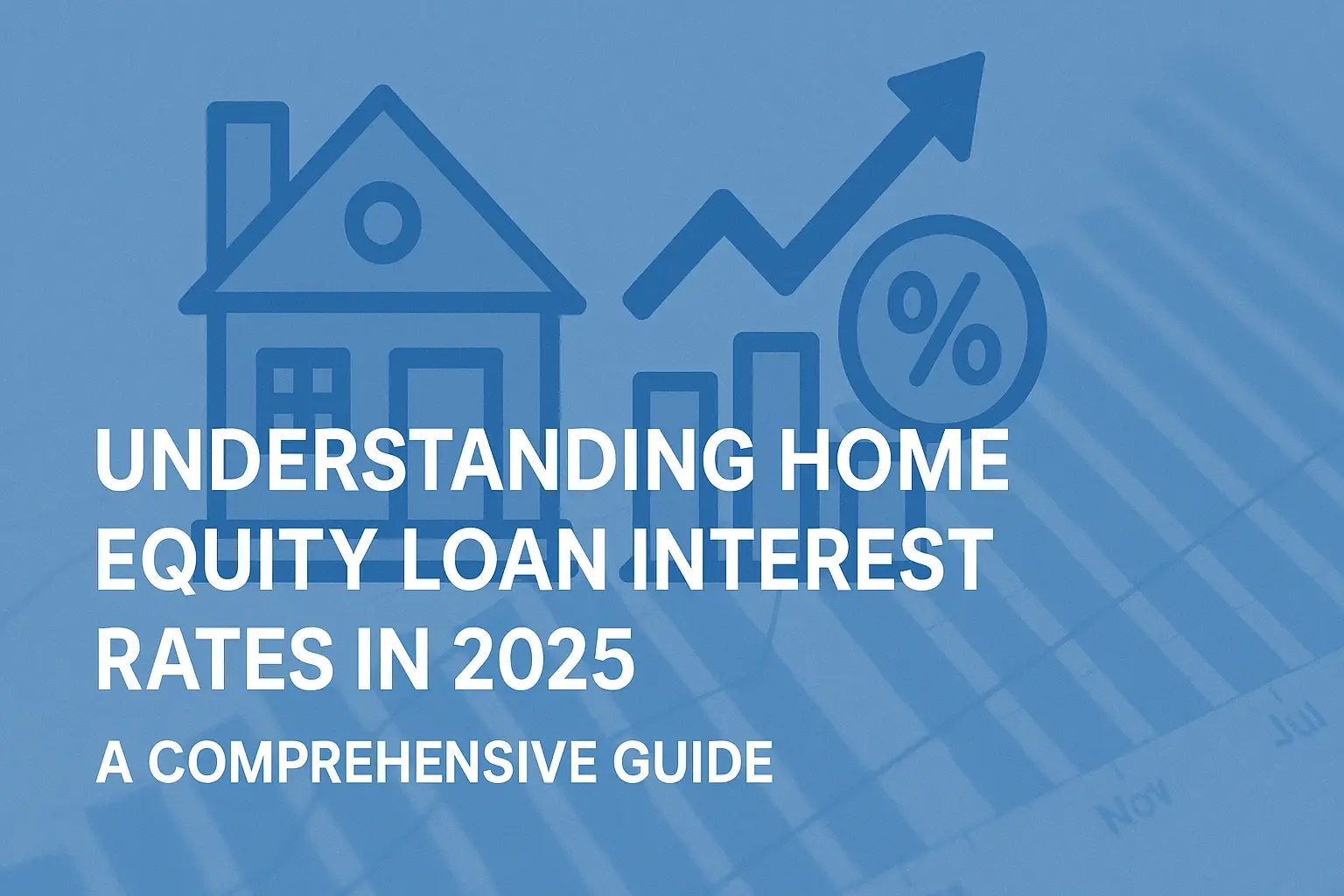A Home Equity Line of Credit, often referred to as a HELOC, is a type of loan that allows homeowners to borrow money against the equity they have built up in their homes. Unlike a traditional home equity loan, which provides a lump sum of money upfront, a HELOC functions more like a credit card, offering a revolving line of credit that you can draw from as needed, up to a pre-approved limit. This flexibility makes HELOCs a popular choice for financing various expenses, from home improvements to debt consolidation.
Understanding the Basics of a HELOC
To truly understand a HELOC, it's important to delve into its mechanics. Here's a breakdown of the key components:
- Credit Limit: This is the maximum amount you can borrow based on your home equity, credit score, and ability to repay. Lenders typically allow you to borrow up to 80-85% of your home's value, minus the outstanding balance of your mortgage.
- Draw Period: This is the period during which you can withdraw funds from your HELOC. It typically lasts for 5-10 years.
- Repayment Period: After the draw period ends, you enter the repayment period. During this time, you can no longer withdraw funds, and you begin to repay the outstanding balance, plus interest. The repayment period typically lasts for 10-20 years.
- Interest Rates: HELOCs typically have variable interest rates, meaning the rate can fluctuate based on a benchmark interest rate, such as the prime rate. Some HELOCs may offer a fixed interest rate option, either initially or after the draw period.
- Fees: Like other loans, HELOCs may come with various fees, including application fees, appraisal fees, annual fees, and early termination fees. It's important to understand all associated fees before applying for a HELOC.
How a HELOC Works: A Step-by-Step Guide
- Application and Approval: The process begins with an application, where you provide information about your income, credit history, and the value of your home. The lender will then assess your creditworthiness and the amount of equity you have in your home. An appraisal is typically required to determine the current market value of your property.
- Establishing the Credit Line: If approved, the lender will establish a credit line up to the approved amount.
- Drawing Funds: During the draw period, you can withdraw funds as needed, up to your credit limit. You'll likely receive checks or a credit card linked to your HELOC.
- Making Payments During the Draw Period: Typically, during the draw period, you only pay interest on the amount you've borrowed. This can make the monthly payments relatively low. However, it's important to remember that you are not reducing the principal balance during this time.
- Repayment Period Begins: Once the draw period ends, you can no longer withdraw funds. Your monthly payments will increase because they will now include both principal and interest.
- Repaying the Loan: You'll make regular monthly payments until the loan is paid off, typically over a period of 10-20 years.
Benefits of a HELOC
HELOCs offer several advantages that make them an attractive financing option for homeowners:
- Flexibility: The revolving line of credit allows you to borrow only what you need, when you need it.
- Lower Interest Rates Compared to Other Loans: HELOCs typically have lower interest rates than credit cards or personal loans.
- Tax Deductibility: In some cases, the interest paid on a HELOC may be tax deductible. (Consult with a tax advisor to determine eligibility).
- Access to Funds for Various Purposes: HELOCs can be used for a wide range of expenses, including home improvements, debt consolidation, education expenses, and medical bills.
- Lower Initial Payments: During the draw period, you typically only pay interest, resulting in lower monthly payments compared to a traditional loan.
Risks and Drawbacks of a HELOC
While HELOCs offer numerous benefits, it's crucial to be aware of the potential risks:
- Variable Interest Rates: Interest rates can fluctuate, potentially increasing your monthly payments and overall cost of borrowing.
- Risk of Foreclosure: Your home serves as collateral for the HELOC. If you fail to make payments, the lender can foreclose on your home.
- Potential for Overspending: The easy access to funds can lead to overspending and accumulating debt.
- Fees: HELOCs can come with various fees, which can add to the overall cost of borrowing.
- Home Value Fluctuations: If your home value decreases significantly, the lender may reduce your credit limit or even call the loan due.
- Interest-Only Payments During Draw Period: While lower payments are appealing, you aren't building equity in your home and the principal balance remains unchanged. This can lead to a larger principal to repay during the repayment period.
What Can You Use a HELOC For?
The flexibility of a HELOC makes it suitable for a variety of financial needs:
- Home Improvements: A HELOC is a popular choice for financing renovations, additions, and other home improvement projects.
- Debt Consolidation: You can use a HELOC to pay off high-interest debt, such as credit card debt, and consolidate your payments into a single, potentially lower-interest payment.
- Education Expenses: HELOCs can be used to cover tuition, books, and other educational expenses.
- Medical Expenses: A HELOC can provide access to funds for unexpected medical bills.
- Business Expenses: Some homeowners use a HELOC to finance small business ventures.
- Large Purchases: HELOCs can be used for significant purchases like vehicles or other assets.
Qualifying for a HELOC: What Lenders Look For
To qualify for a HELOC, lenders typically consider the following factors:
- Credit Score: A good to excellent credit score is essential. Most lenders require a credit score of at least 680, but some may require a higher score.
- Debt-to-Income Ratio (DTI): Lenders will assess your DTI to determine your ability to repay the loan. A lower DTI is generally preferred. This ratio measures your monthly debt payments compared to your gross monthly income.
- Loan-to-Value Ratio (LTV): LTV is the amount of your mortgage balance compared to the appraised value of your home. Lenders want to ensure you have sufficient equity in your home. Most lenders prefer an LTV of 80% or less.
- Income and Employment History: Lenders will verify your income and employment history to ensure you have a stable source of income to repay the loan.
- Appraisal: A professional appraisal will be conducted to determine the current market value of your home. This is crucial for calculating your available equity.
Tips for Improving Your Chances of HELOC Approval
If you're planning to apply for a HELOC, here are some tips to improve your chances of approval:
- Improve Your Credit Score: Pay your bills on time, reduce your credit card balances, and correct any errors on your credit report.
- Reduce Your Debt: Pay down your existing debt to lower your DTI.
- Increase Your Income: If possible, increase your income through a raise, promotion, or side hustle.
- Maintain Your Home: Ensure your home is in good condition, as this can positively impact the appraisal value.
- Shop Around: Compare offers from multiple lenders to find the best rates and terms.
HELOC vs. Home Equity Loan: Understanding the Difference
While both HELOCs and home equity loans allow you to borrow against your home equity, they have distinct differences:
| Feature | HELOC (Home Equity Line of Credit) | Home Equity Loan |
|---|---|---|
| Fund Disbursement | Revolving line of credit; borrow as needed. | Lump sum disbursement upfront. |
| Interest Rate | Typically variable, tied to a benchmark rate. | Typically fixed. |
| Repayment Structure | Draw period (interest-only payments) followed by repayment period (principal and interest). | Immediate repayment of principal and interest. |
| Flexibility | More flexible; borrow only what you need. | Less flexible; receive a fixed amount regardless of need. |
Choosing between a HELOC and a home equity loan depends on your individual needs and circumstances. If you need funds for ongoing projects or are unsure of the exact amount you'll need, a HELOC may be a better choice. If you need a fixed amount of money for a specific purpose and prefer the stability of a fixed interest rate, a home equity loan may be more suitable.
The Future of HELOCs and Interest Rates
The attractiveness of HELOCs is often tied to the prevailing interest rate environment. When interest rates are low, HELOCs can be a very appealing option. However, when rates rise, the variable nature of HELOCs can become a concern for borrowers.
It's essential to monitor interest rate trends and consider the potential impact of rising rates on your monthly payments. If you are considering a HELOC, it might be wise to explore options with fixed-rate components or have a plan in place to manage potentially higher payments in the future. Consulting with a financial advisor can provide valuable insights and help you make informed decisions based on your financial situation and risk tolerance.









